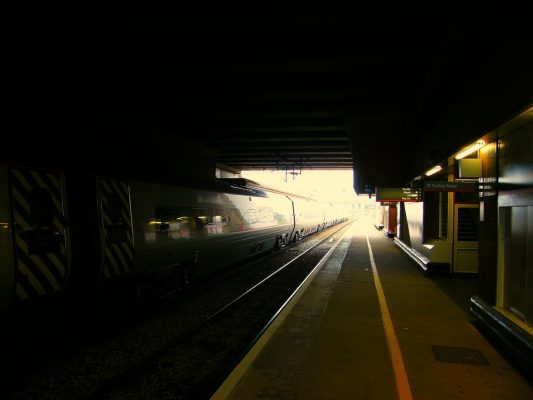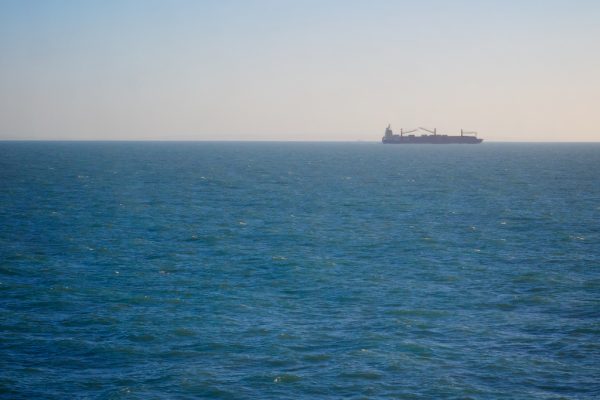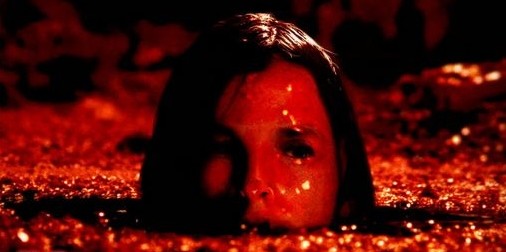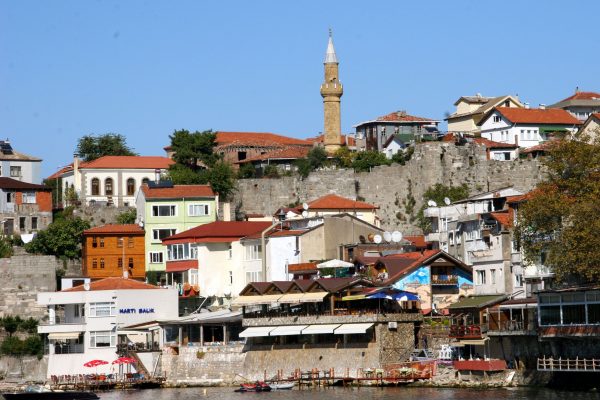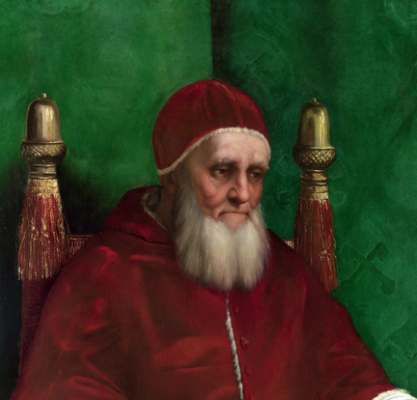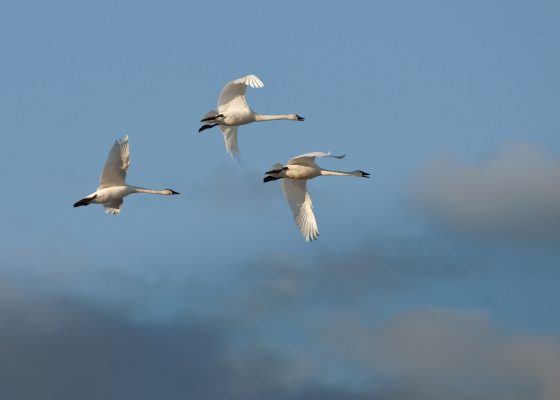Eleanor Rees
Eleanor Rees is the author of four collections of poetry. Her most recent is The Well at Winter Solstice (Salt, 2019) and her fifth collection Tam Lin of the Winter Park, in which these poems will appear, is forthcoming from Guillemot Press in May, 2022. Eleanor is senior lecturer in creative writing at Liverpool Hope University and lives in Liverpool.
READ NEXT



